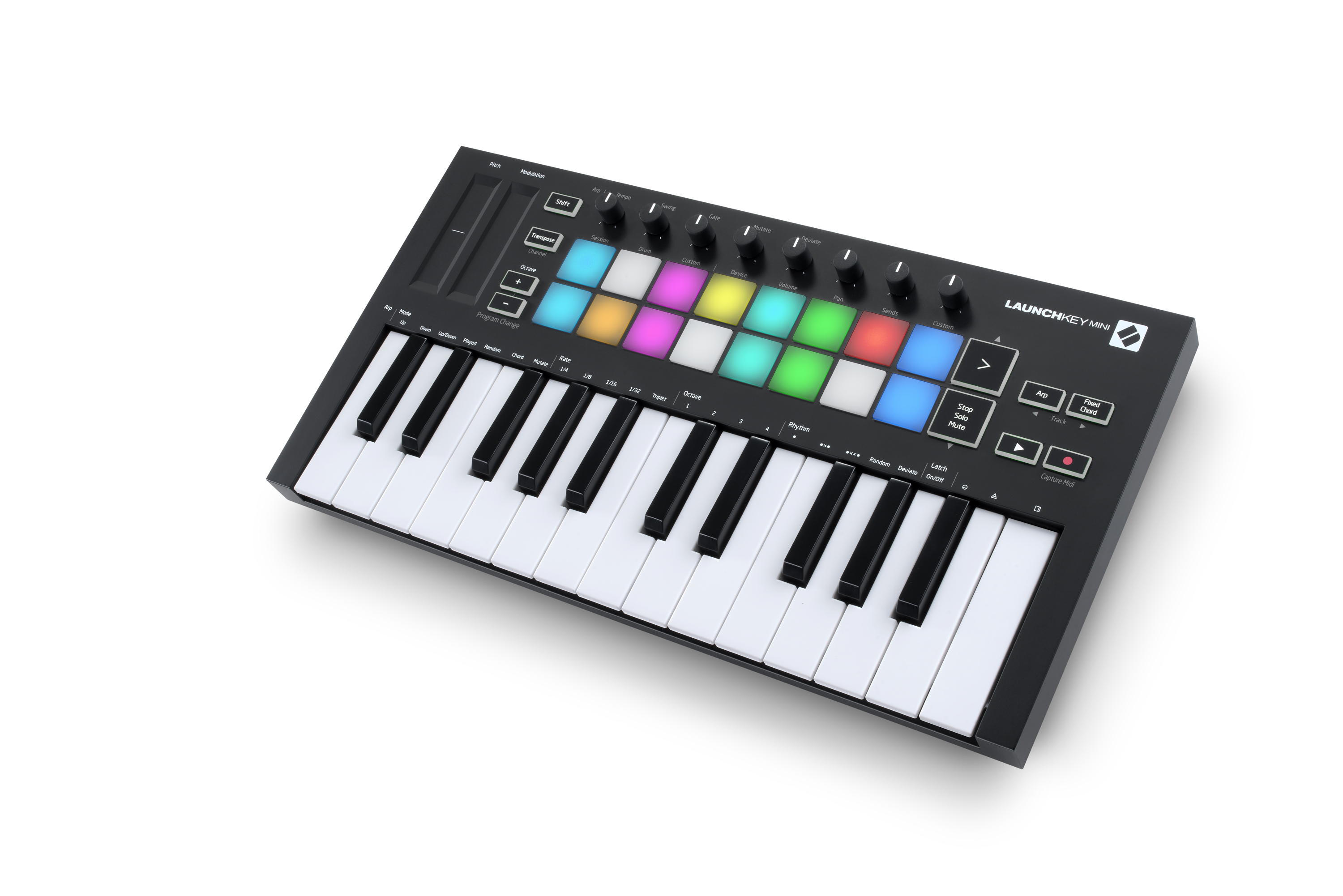

The panning can also be altered here as well. I use these to fine tune the volume of some instruments to achieve the effect that I want in my tracks. Volume And Panning ControlsĮach instrument has its own volume level and master volume to help fine-tune the volume of the instrument. This will give you access to more controls provided by the plugin in addition to ones found by clicking on the instrument name.Įach plugin will have its own set of controls, also accessible by clicking on the instrument name. These can be accessed by opening the instrument by clicking on it, and pressing “Show GUI”.
#Sound packs for lmms how to
Only a few will be touched upon here as there would already be complete guides on how to use these controls. I want to introduce you to the myriad of controls that the ZynAddSubFX plugin has to offer. Your additions will appear alongside the samples and preset that came with your LMMS installation. How you organize your sounds is entirely up to you. There are two folders in particular that I recommend you use to store those files in: “~/lmms/presets” and “~/lmms/samples”. If you want to use other sounds obtained elsewhere in your project, you can absolutely place those sounds in LMMS to use. Because this is the master volume, automating this will affect everything, including the ZynAddSubFX tracks. Place the automation piece at the bar you wish to apply the effect from. The best way to do a fade-out effect to finish the whole song off like many studio recordings is to automate the master volume. Remember, you can quickly change the volume of several notes and chords by dragging your mouse down or up across multiple bars. The only other thing to do is open a piece in the piano roll and change each note to simulate fade-in and fade-out effects. You can assign a control from it to an automation piece, but it will do nothing. The controls on ZynAddSubFX instruments do not respond to automation tracks. This will ensure that your workflow isn’t disrupted by the automation settings. If so, remember to configure the automation to revert back to the original settings after the desired section of music has been affected. You will most likely want to preserve the original value after the automation has done its job. Remember, this will directly alter the controls automatically. To do so, hold down Ctrl and drag the desired control to the automation piece.Here is an example with panning: More than one control can be assigned to a single automation piece by simply dragging those controls to the same piece. For fading in or out, you will want either the linear or cubic Hermite progressions. Cubic Hermite progression is similar to linear, except that it appears as a curve on the editor. Linear progression is a gradual change that appears as a line on the editor. Discrete progression (default) means that the automated change is sudden, i.e. Here you will see three different progression options to choose from. Open up the automation editor by double-clicking on the piece. Then click on the bar you wish to start automating and increase the length of the automation to span however many bars you want. One is created for you when a new project is created. To automate a control, you need to make sure an automation track is present in the project. Controls that can be automated include volume (master and individual tracks), panning, and pitch (if you really wanted to). These are used to automatically alter certain controls for different settings. The first way is through using automation tracks. There are two ways to achieve this depending on what tracks and instruments are used.

These are volume effects: fade-in is where sound gradually gets louder to a point and fade out is where it becomes quieter until it’s silent.

Over the years, I have come up with a few tricks that can make your tracks be roughly comparable to studio recordings in terms of sound quality. How To Use LMMS? Sound Effects I Typically Use Hopefully, you will be able to experiment further with the features that LMMS has to offer and find a way to use these tools (and other ones) in a way that works for you.
#Sound packs for lmms series
This series concludes by showing you some of the techniques that I use when composing music with LMMS. Also, you were shown a few sound effect plugins using the FM Mixer interface. In previous articles, you were introduced into the basics of LMMS, and using sound files and presets as instruments for your songs.


 0 kommentar(er)
0 kommentar(er)
